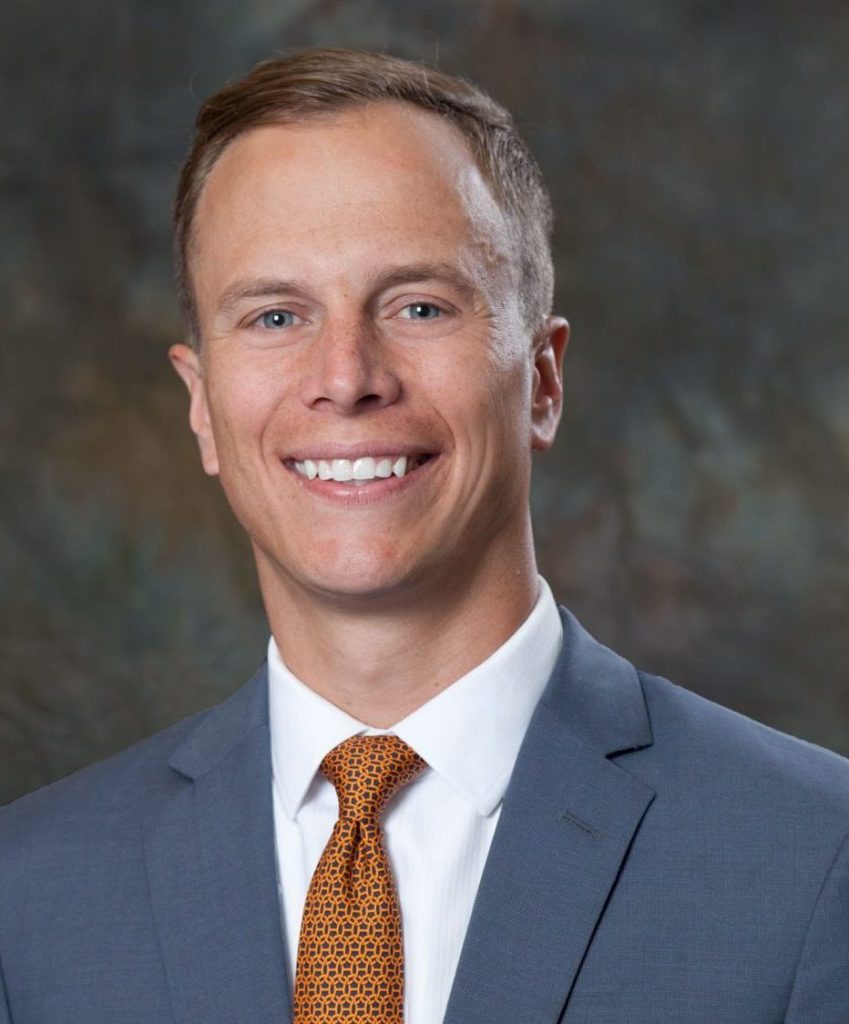For kids, summertime means vacations, camps, bikes, scooters, playgrounds, sports and running around outside with friends. Unfortunately, with all of these fun activities, there is a small risk of falling and injuring the arm. One of the most common injuries we see in kids is a broken forearm.
The forearm contains two bones – the radius and ulna bones – which extend from the elbow to the wrist. The radius bone (along the thumb side of the forearm) has a bow, or curve, along the length of the bone that allows it to rotate around the straighter ulna bone (pinkie finger side of forearm). A broken (or fractured) forearm can involve either one or both of these bones. Fractures at the ends of the forearm can sometimes injure the neighboring wrist or elbow joint. Treating a forearm fracture appropriately is important for maintaining pain free and full motion of the elbow, forearm, and wrist.
In kids, sometimes the radius and/or ulna bone will break but not shift. The bend in the bone is often called a “greenstick” fracture, in reference to a young twig, which can be easy to bend but difficult to break. Sometimes, especially in older children, the broken forearm bones will shift, or displace. The severity of the displacement and the age of the child determine the best treatment plan.
Causes
Forearm fractures in kids usually result from a fall onto an outstretched arm combined with a rotational force through the forearm. Monkey bars, playground equipment, scooters, bikes, and sports are common culprits, as they produce higher energy falls and torque that can cause the bone to break.
Diagnosis
Forearm fractures result in pain, swelling, and decreased motion. More severe fractures can result in an obvious deformity of the arm.
X-rays are essential for a diagnosis and to determine the optimal treatment plan. The younger the child, the more years of growth they have remaining, and the more likely an angulated (or crooked) bone will straighten itself with normal growth.
Treatment
Cast or Splint
- When a forearm fracture has a break in the bone that is not bent, rotated, or shifted, the broken bone(s) can oftentimes be treated in a plaster splint or cast. Splints provide less support than a hard cast, but they allow for more swelling. If placed initially, these are oftentimes changed to a hard fiberglass cast once swelling subsides. For a broken forearm, both the elbow and wrist must be included in the cast.
- Fractures take ~6 weeks to heal, but this can vary based on the location, severity, and age of the child. Older children with more shifted fractures can take 3 months to heal.
Setting a fracture
- In some forearm fractures, the bone breaks and becomes “displaced”. When a forearm fracture is bent, rotated, or shifted, sometimes the bones will need to be “set” or “reduced” to realign them and allow for optimal healing. If a forearm bone heals in a bent position, it can limit rotation of the forearm (ability to turn the palm up and down). Some displaced fractures will straighten themselves over time, especially in younger kids (<5 years old). Older kids may benefit from having the bone straightened by manipulating it, either in the office or in an operating room.
- After setting the bone, a plaster splint or fiberglass cast is applied to hold the fracture in place while the body heals.
Surgery
- More severe fractures, with more notable displacement (bend, rotation, or shifting of the bones), may occasionally be treated surgically.
- Surgery is sometimes required when either the bone can not be set or when the child is older (>10 years old). The growth through the forearm has largely finished by the time a girl is 13 or a boy is 15. Older children have less growth remaining, and less ability to straighten a shifted bone with normal growth. Additionally, as a child gets older, the “periosteum” – a normal soft casing around the bone – thins out and provides less stability. With a thinner periosteum, the bone is more likely to shift or displace during healing.
- Surgery for forearm fractures typically involves placing a thin metal (titanium) plate and screws to hold the bone aligned. One advantage of surgery is that it can speed up the healing. Oftentimes kids can start using the arm for light activities 2-3 weeks after surgery, as the metal plate and screws hold the bones in place as the body mends the break.

About the Author
This article was written by Joseph J. Schreiber, M.D. Dr. Schreiber is a fellowship trained orthopaedic surgeon specializing in all conditions affecting the hand, wrist and elbow. His clinical interests include fractures and soft tissue trauma including tendon and neurovascular injuries, inflammatory and osteoarthritis, compression neuropathies, wrist arthroscopy, Dupuytren disease, elbow instability, and congenital hand deformities.